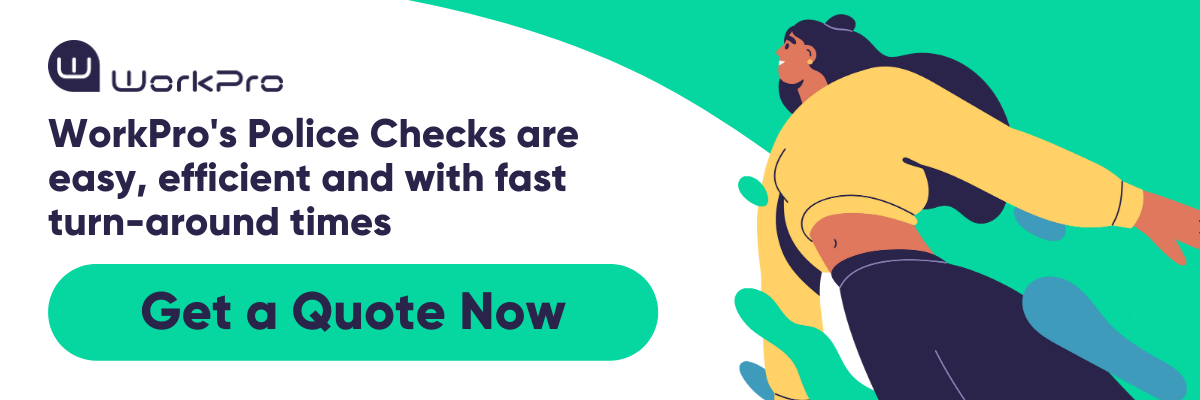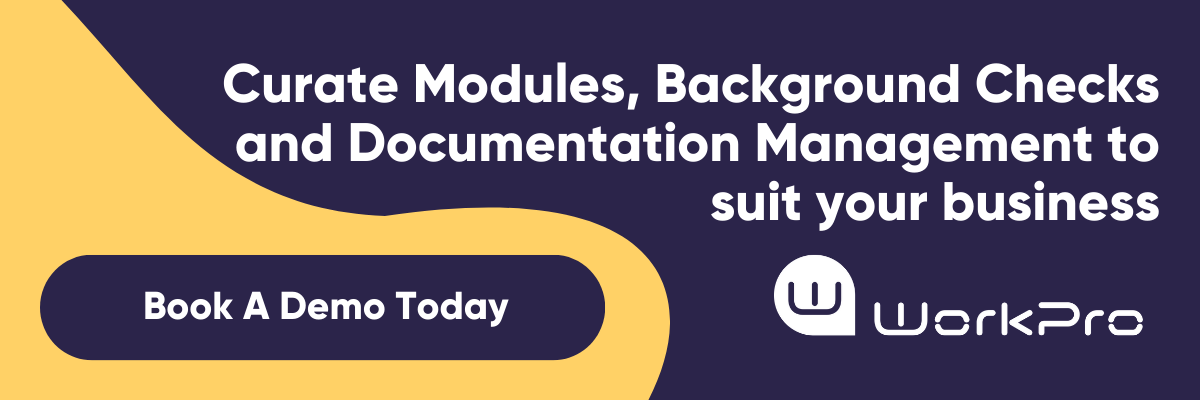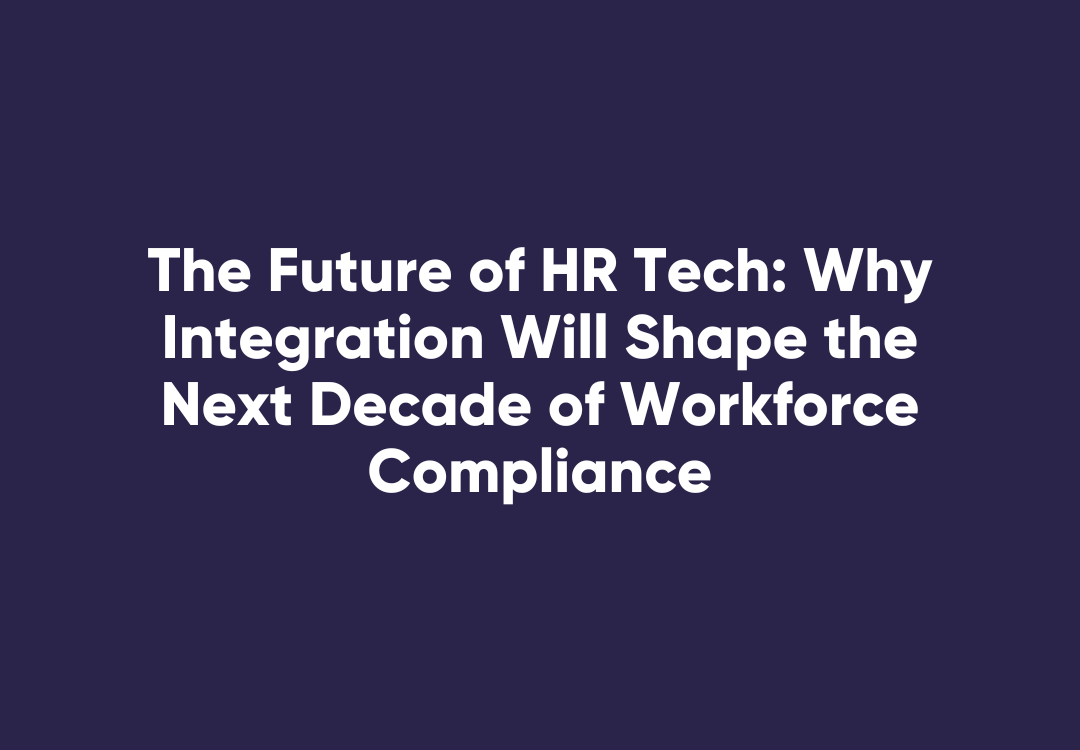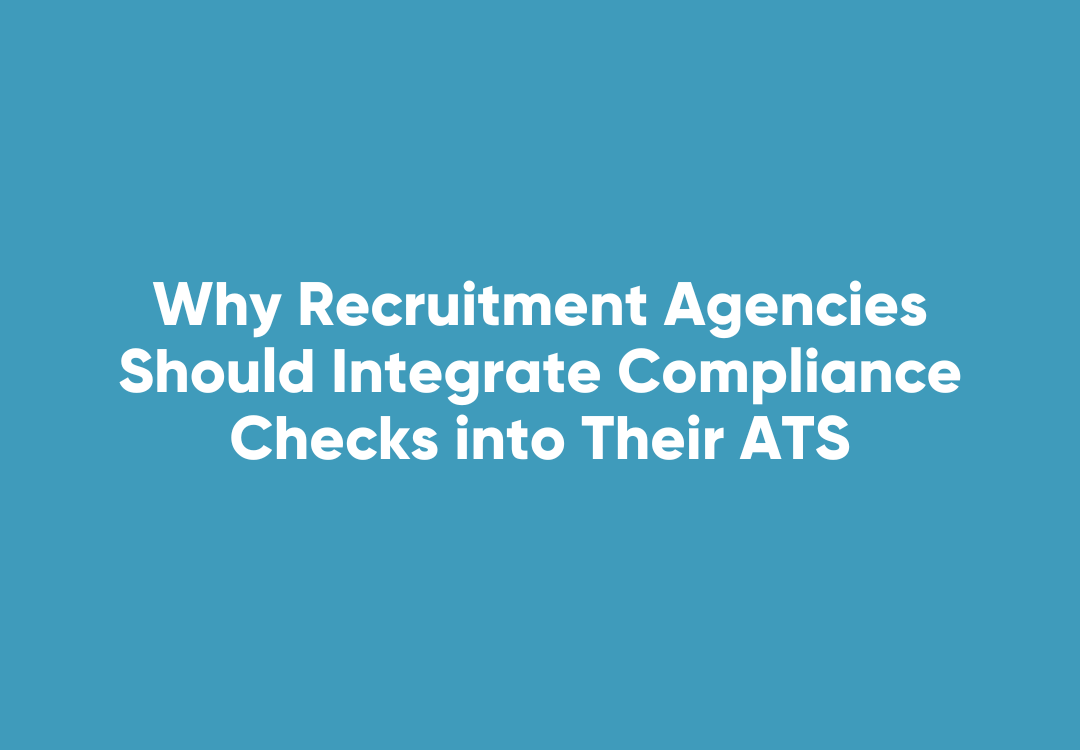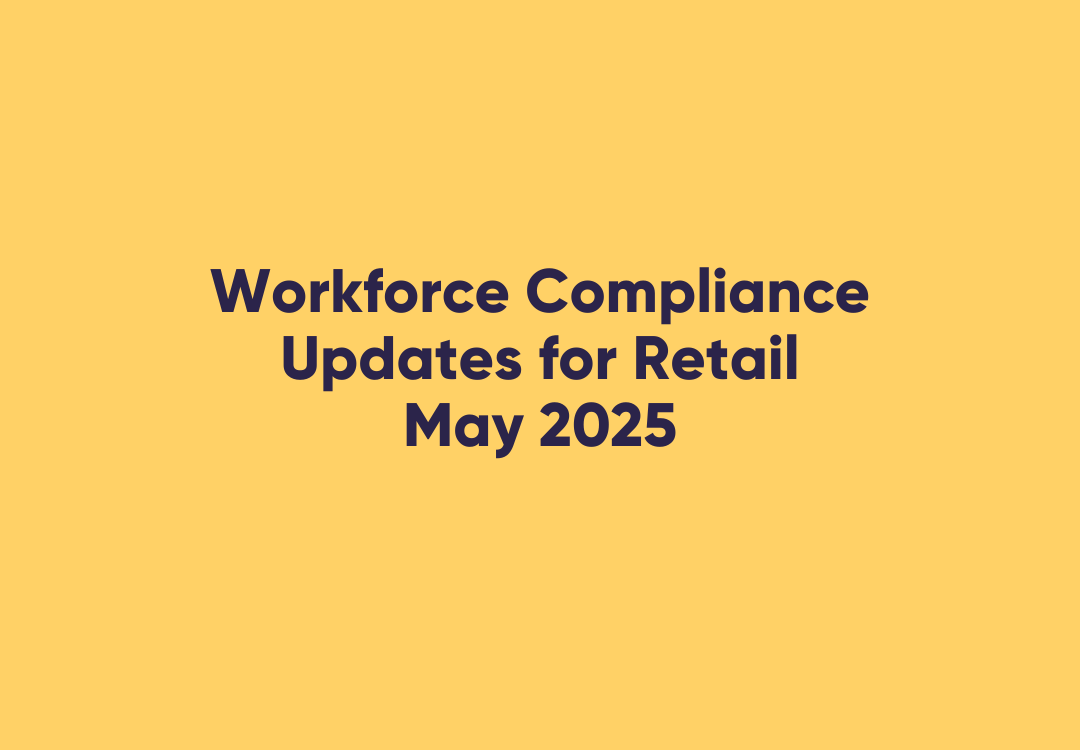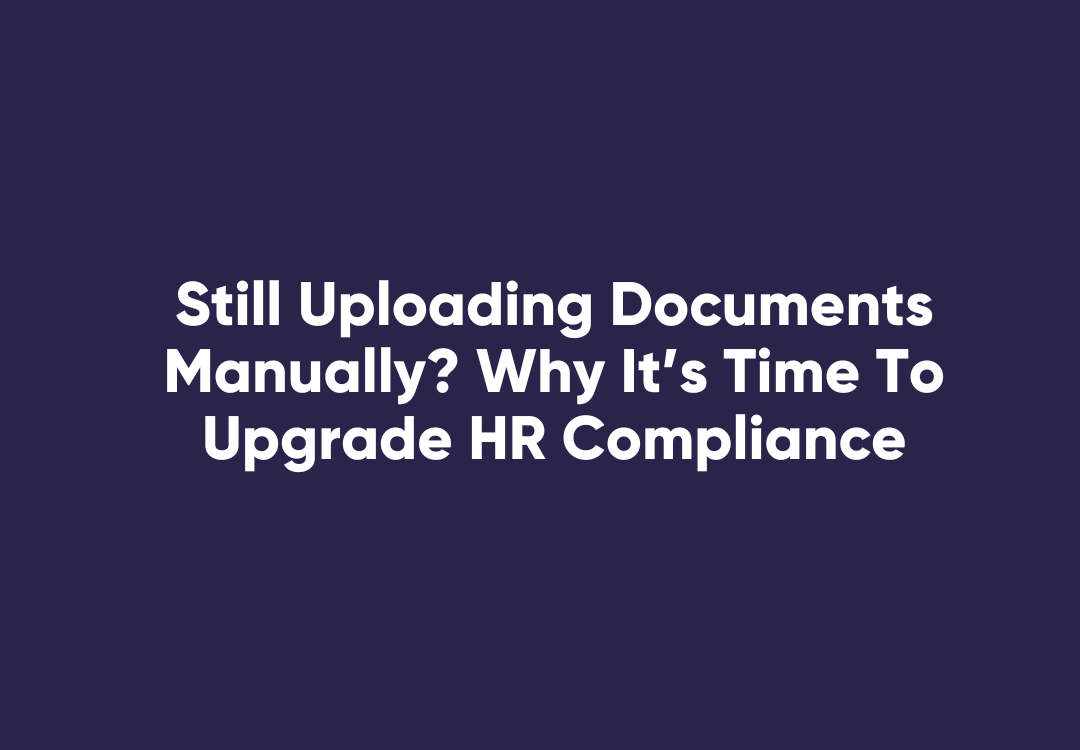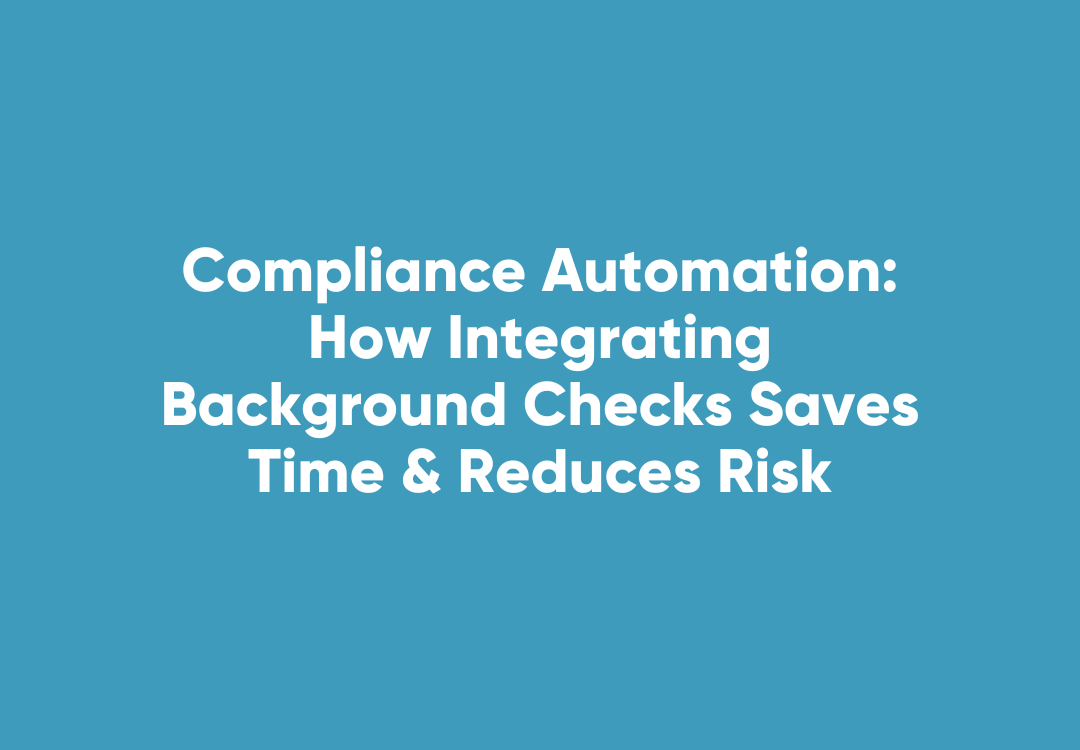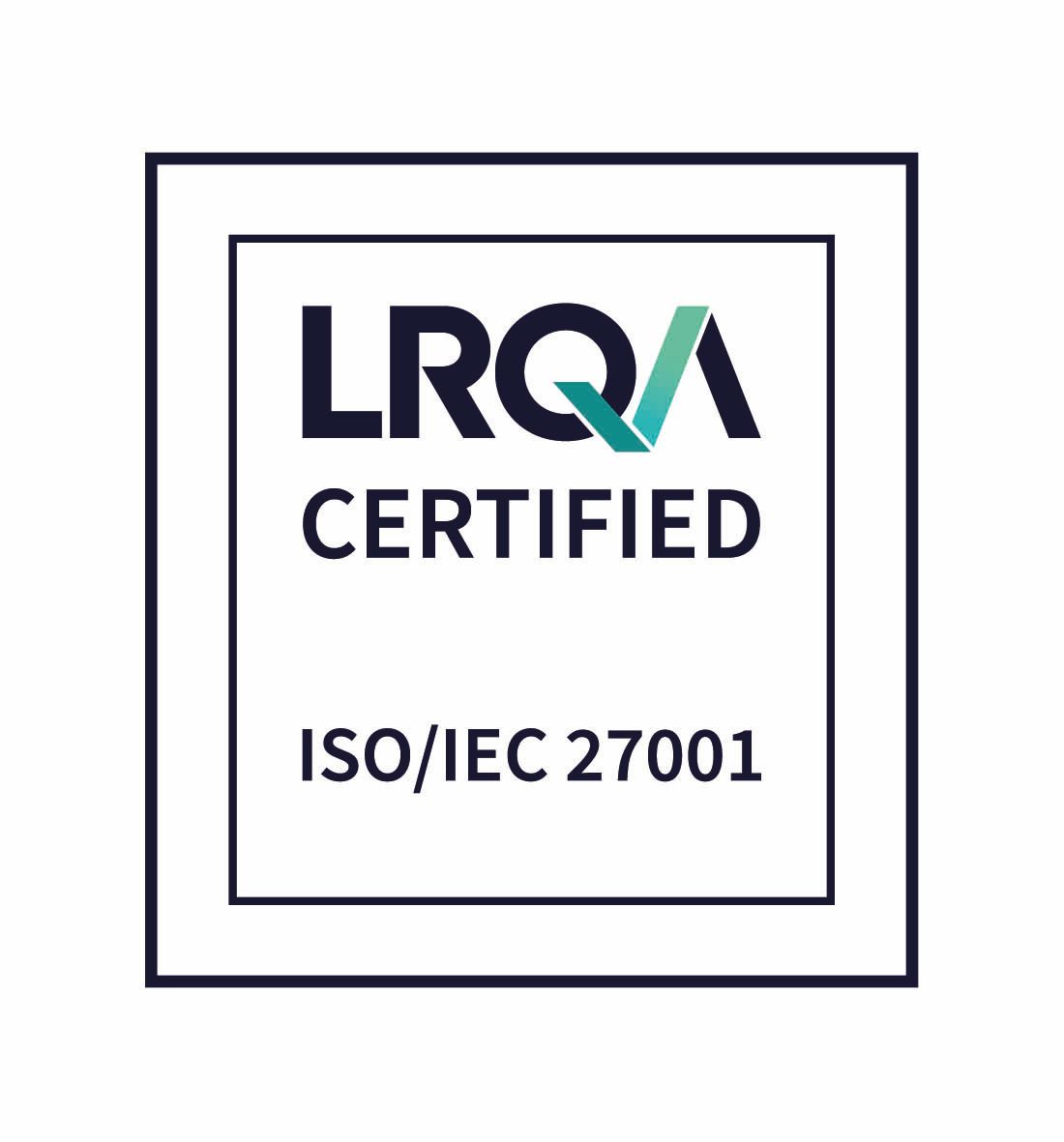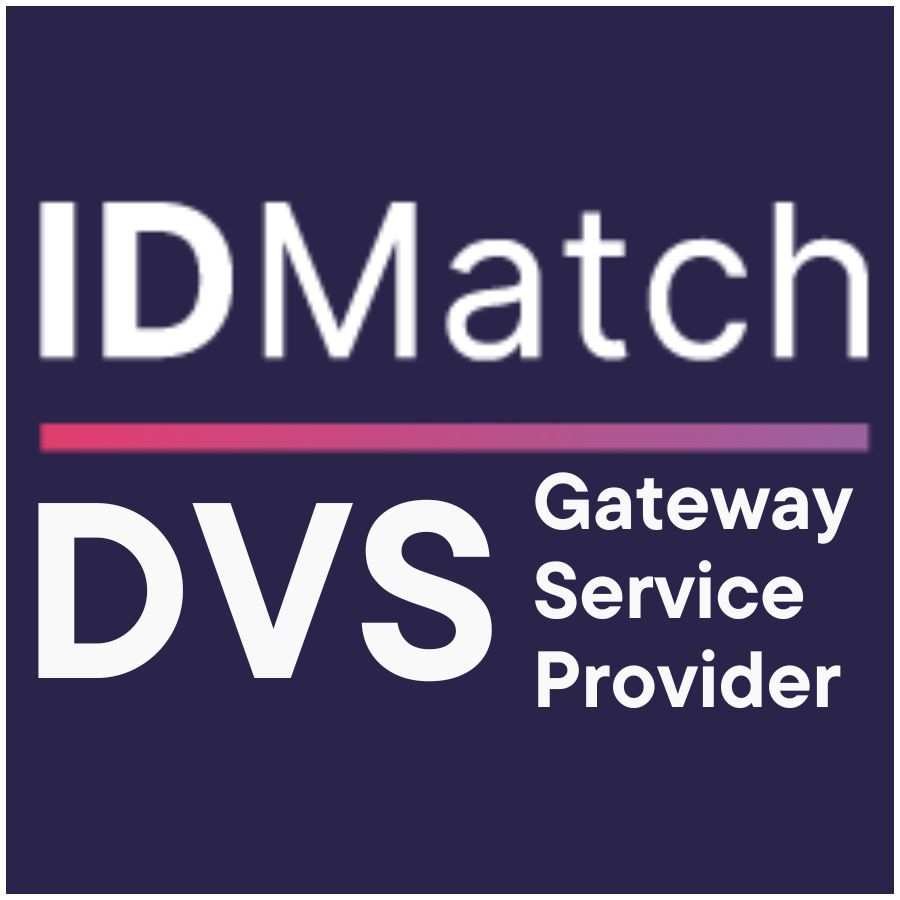New Code for Managing Psychosocial Hazards at Work
On the 1st of August 2022, Safe Work Australia published its model Code of Practice: Managing psychosocial hazards at work. The Code follows a recommendation from Marie Boland's 2018-19 review of the national model WHS laws.
In Boland’s report, it is noted that the model WHS Act expressly references psychological health...
“Health means physical and psychological health” (model WHS Act, Division 3 Interpretation, Subdivision 1 Definitions, 4 Definitions)
However, a consistent view held amongst those who were part of the consultation was that psychological health was neglected in the model WHS Regulations and model Codes. As such, Boland made a recommendation for the development of additional regulations on how to identify psychosocial risks in the workplace and appropriate control measures to manage those risks.
What are psychosocial hazards?
Workplace psychosocial hazards are related to the psychological and social conditions of the workplace rather than just the physical conditions, that can cause psychological and physical harm. Examples include: poor support, traumatic events or material, lack of role clarity, sexual harassment, gendered violence, aggression, bullying, and high job demand.
How the new Code impacts your workforce and business
Australian businesses have existing obligations under the health and safety Act to ensure the psychological and physical health and safety of your employees/workers, including your internal and on-hire workforce, ‘so far as reasonably practicable.’ This is not a new duty of care!
What the health and safety Act doesn’t provide is practical guidance on the steps you can take to identify and manage psychosocial risks your internal and on-hire workforce may be exposed to. This is the purpose of the new Code.
It is important to note that the model Code of Practice does not apply to operations in Victoria, as Victoria’s health and safety laws do not operate under the model work health and safety law framework. Victoria has pending psychological health regulations due to commence in 2022, and a Compliance Code will follow.
If your business has operations in any jurisdiction other than Victoria, then this Code applies to you. However, the new Code will not have legal effect in a jurisdiction until it is approved there.
What do you do with the Code?
This new Code provides you with practical guidance on how to manage psychosocial risks in your workplace, therefore it is crucial that you are familiar with the contents of the Code.
If you haven’t done so already, now is the time to consult with your workforce to identify your psychosocial risks and create a risk register and prevention plan setting out how the business will manage the risks associated with psychosocial hazards.
Hot Tip: Refer to the new Code for guidance on the risk management process, and for a risk register template.
What next?
Once you have identified the psychosocial risks and risk control measures, it’s a good idea you document these using the risk register template. The psychosocial risks your internal workforce may be exposed to may look different from those of your on-hire workforce, therefore, it may be necessary to create a risk register for each.
Important: You can’t rely on policies alone to manage psychosocial risks - you need to redesign the work or work environment where possible and provide adequate information and training on the risks and risk control measures.
For those businesses that ‘on-hire’ workers, you may be limited in your ability to change the work environment and design of work, but this does not absolve you of your responsibility to ensure a psychosocially safe workplace. You need to review your health and safety processes to ensure you are gathering information from the client about the work and the work environment to ensure the host is providing a safe place to work, without risk to psychological health. This includes the information you gather when taking a job brief, completing a host WHS assessment, safety induction by you and in collaboration with the host, and check-ins with your on-hire worker throughout the term of their placement.
WorkPro recently hosted Risk Collective in an interactive webinar to unpack the requirements and ways to identify and manage this risk in the workplace. You can watch the webinar here.
In the knowledge that information and education are important criteria in meeting your legal obligations, you can also advantage of an introductory offer from WorkPro to deliver eLearning module ‘Mental Health in the Workplace’ to your workers. You can register for your free trial of the module here.


